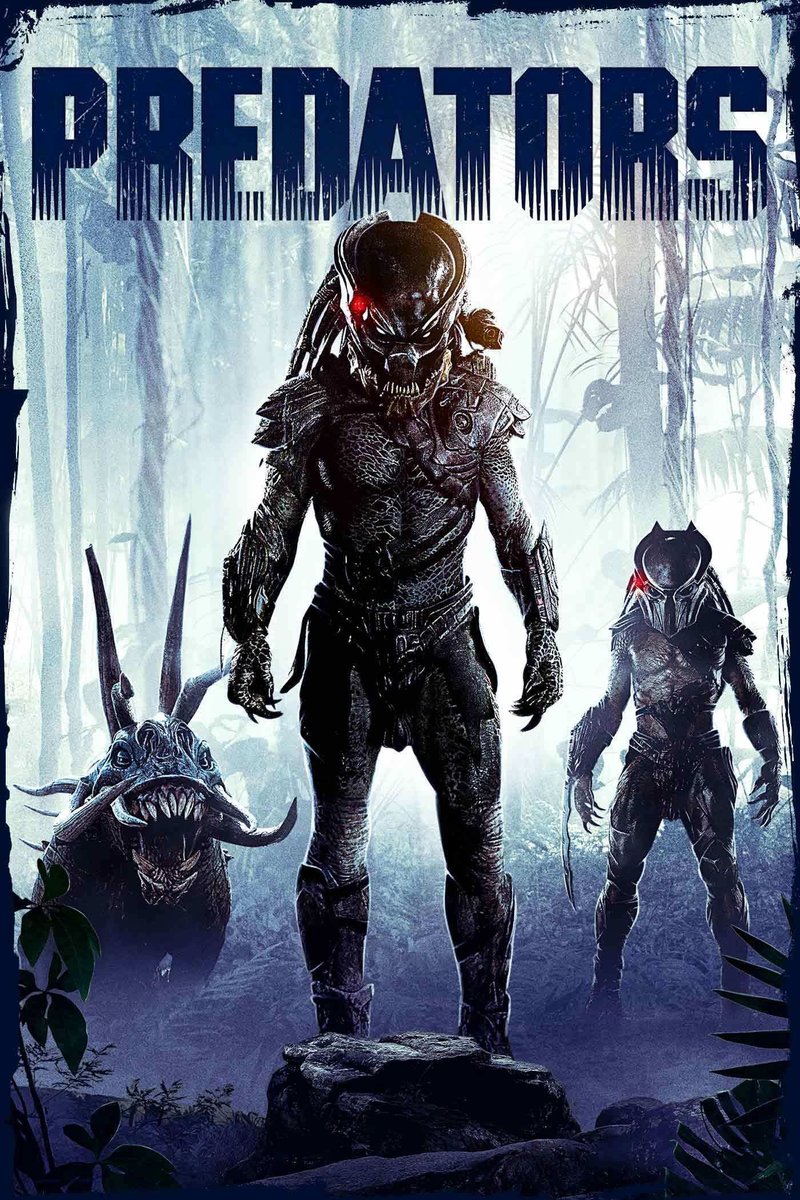
*Trichinella spiralis* is a fascinating creature. It’s primarily found in the muscle tissues of mammals, particularly pigs and wild boars. When humans consume undercooked meat from infected animals, they can become hosts themselves. But the story doesn’t end there. Predators and shifts in the environment can significantly impact its populations. So let’s dive into how these factors come into play, as if we’re exploring a hidden world beneath the surface of our everyday lives.
What Is Trichinella Spiralis?
To understand the threats to *Trichinella spiralis*, it helps to know what it is. This parasite is part of a group of roundworms known as nematodes. They have a fascinating life cycle that involves several stages, starting from eggs to larvae and eventually becoming adults in the host’s muscles. If you can picture a tiny worm squirming inside a muscle fiber, you’re on the right track.
When these worms infect a host, they can reproduce and release more larvae into the bloodstream. This can lead to numerous health issues for the host, such as muscle pain and flu-like symptoms. Although it might sound scary, the real impact on the *Trichinella* population depends on various external factors, including predators and environmental conditions.
Predators of Trichinella Spiralis
Just like in the wild, *Trichinella spiralis* has its share of enemies. Various predators can impact its survival rates in the wild. For example, wild boars, which are common hosts, often fall prey to larger carnivores like wolves and bears. When these predators hunt their prey, they can indirectly reduce the populations of *Trichinella spiralis* by diminishing the number of animals they inhabit.
Moreover, scavengers play a role too. Animals like vultures and hyenas often consume infected carcasses, which can disrupt the life cycle of *Trichinella spiralis*. When a predator or scavenger consumes infected meat, it can either become a new host for the parasite or eliminate it from the environment based on the animal’s digestive processes.
In essence, predators help keep the ecosystem in balance. When they thrive, they can inadvertently control *Trichinella spiralis* populations by affecting their host animals.
Environmental Threats to Trichinella Spiralis
Aside from predators, *Trichinella spiralis* faces various environmental threats. Changes in climate, habitat destruction, and pollution can all have serious consequences for its survival. For example, warmer temperatures can affect the life cycle of the parasite. If the environment becomes too hot or too cold, it can disrupt the delicate stages of development that *Trichinella spiralis* relies on to thrive.
Habitat destruction also plays a critical role. As humans expand into wild areas for agriculture or urbanization, the natural habitats of host animals like pigs and wild boars shrink. This not only limits the available hosts for *Trichinella spiralis* but also impacts the entire ecosystem, creating a cascading effect.
Pollution, especially in water sources, can also affect the presence of *Trichinella spiralis*. Contaminated environments can lead to reduced populations of host animals, further disrupting the life cycle of the parasite. So, every time we consider our environmental impact, it’s worth thinking about how it could ripple through the food chain.
Impact of Climate Change
Climate change is a significant environmental threat that can lead to shifts in the habitats where *Trichinella spiralis* is found. As global temperatures rise, many species are forced to adapt or move to new areas. For instance, if pigs and wild boars migrate to new regions to find cooler climates, the *Trichinella spiralis* populations might struggle to keep up.
In addition, altered rainfall patterns can affect the vegetation that these host animals depend on. If food sources become scarce due to drought or flooding, it can lead to declines in animal populations, which in turn reduces the hosts available for *Trichinella spiralis*. This means fewer chances for the parasite to reproduce and spread.
Moreover, the changing climate can also influence the predators that hunt these hosts. If predators move into new territories or even disappear due to changing conditions, the entire food web can be thrown off balance. This change can either provide a temporary refuge for *Trichinella spiralis* or lead to its decline.
Human Influence on Trichinella Spiralis Populations
Humans have a large hand in shaping the fate of *Trichinella spiralis*. From farming practices to sanitation, our actions can significantly impact its populations. For instance, the way pigs are raised can either promote or hinder the spread of this parasite. In factory farming, where animals are kept in overcrowded conditions, there is a higher risk of infections spreading among livestock. This can inadvertently increase the number of *Trichinella spiralis* present.
Additionally, human activities often lead to habitat destruction. As farmlands expand or cities grow, the natural habitats of wild boars and other potential hosts shrink. Less habitat means fewer animals, which in turn means less opportunity for *Trichinella spiralis* to thrive.
Public health measures, such as improved sanitation and food safety practices, can also significantly impact *Trichinella spiralis* populations. When meat is properly cooked, it kills the larvae, preventing humans from becoming hosts. This can lead to fewer infected animals, affecting the ecological balance of the parasite.
Managing Threats to Trichinella Spiralis
Given the various threats to *Trichinella spiralis*, managing those threats is crucial for its survival. Conservation efforts aimed at protecting natural habitats can help maintain the delicate balance in ecosystems where *Trichinella spiralis* is found. Protecting wetlands, forests, and grasslands supports both the hosts and the predators that interact with the parasite.
Additionally, sustainable farming practices can make a big difference. Raising animals in healthier environments can minimize the spread of infections among livestock and help keep the parasite populations in check. More ethical farming can lead to healthier animals and ultimately create a better food source for humans.
Public education about the dangers of undercooked meat and the importance of food safety can also make a difference. By informing consumers about *Trichinella spiralis* and its effects, we can reduce the chances of human infection and indirectly manage the parasite’s presence in the ecosystem.
In the grand scheme of things, *Trichinella spiralis* might seem like just a small player in the ecosystem, but its existence highlights the interconnectedness of life. The predators that hunt its hosts, the environmental changes caused by climate change, and the impacts of human activity all play critical roles in determining its fate.
Understanding these dynamics isn’t just a matter of curiosity. It reveals the fragile balance that sustains life on Earth. So next time you think about nature, remember the tiny worms like *Trichinella spiralis* and the myriad factors that influence their populations. It’s a reminder that even the smallest creatures can teach us big lessons about our ecosystems and our responsibility in protecting them.

